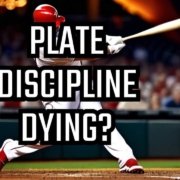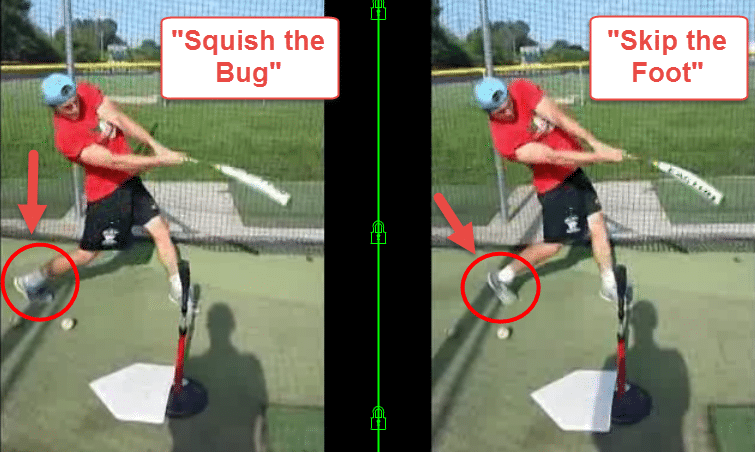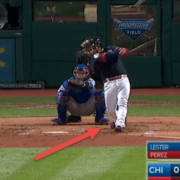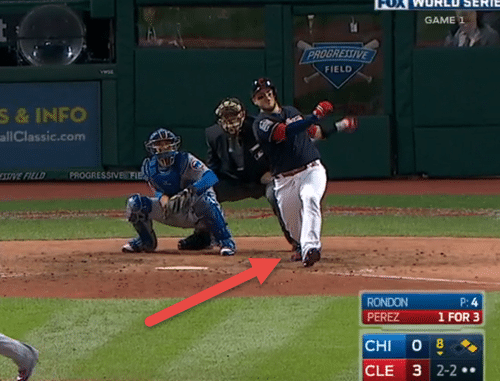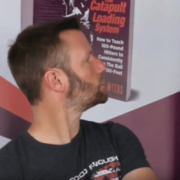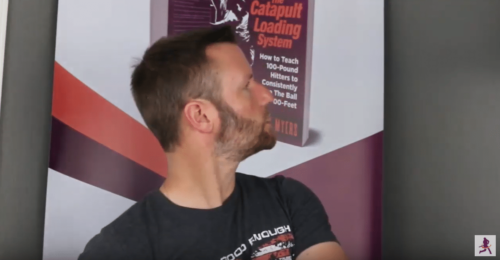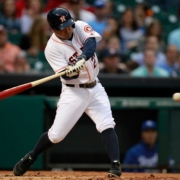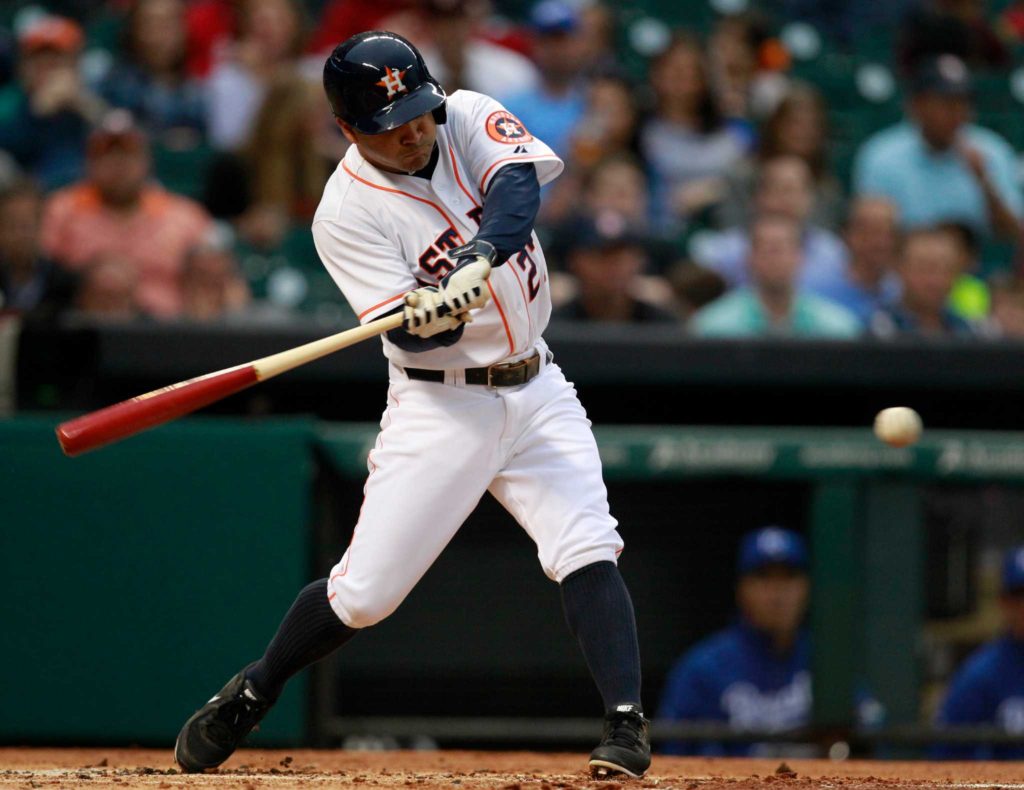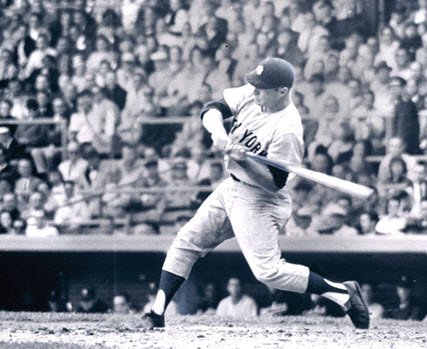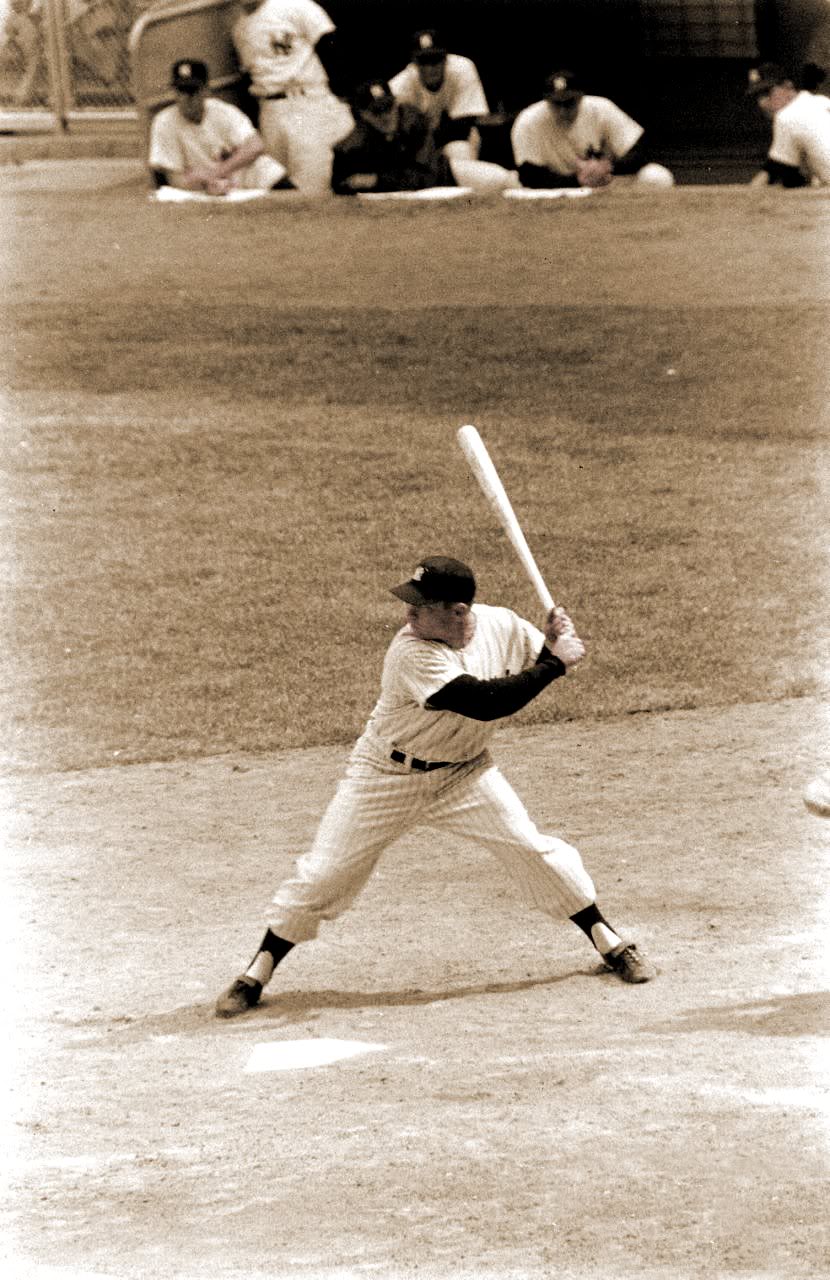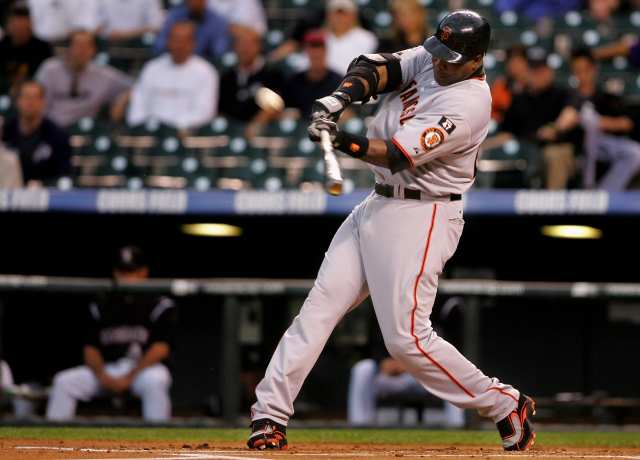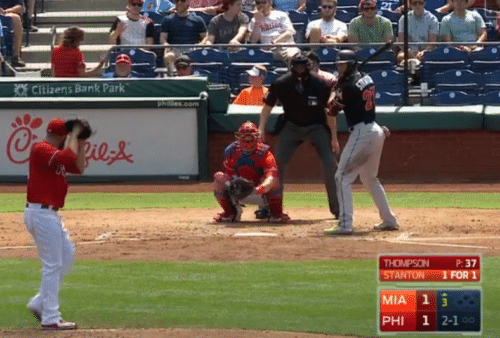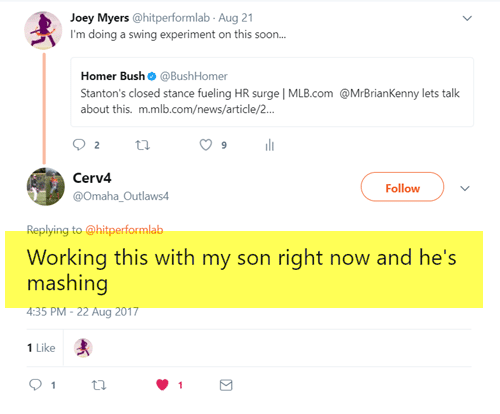Answering Baseball Stride Drills Reader Question: “How Important Is Forward Momentum I Know We Must Go Forward But Does It Matter If Stride Is Big Or Small?”
Learn the answers to the following questions: when to use front foot hitting technique, where does the stride foot land, batting step length, and should you use no stride for baseball and softball swing?
“…Once upon a time, there was a little girl named Goldilocks. She went for a walk in the forest. Pretty soon, she came upon a house. She knocked and, when no one answered, she walked right in. At the table in the kitchen, there were three bowls of porridge. Goldilocks was hungry. She tasted the porridge from the first bowl.
“This porridge is too hot!’ she exclaimed. So, she tasted the porridge from the second bowl. ‘This porridge is too cold,’ she said. So, she tasted the last bowl of porridge. ‘Ahhh, this porridge is just right,’ she said happily and she ate it all up…”
More in a bit on how Goldilocks and the Three Bears relates to baseball stride drills, but first…
In the following post, we’re addressing the following concerns regarding baseball stride drills (also works for softball):
- Stride direction and amount,
- Stride type (experimenting with the ‘Float’),
- Head movement from stride, and
- Controlling center mass in stride.
Before getting into the how to baseball stride drills guide, I want to preface that the PURPOSE of a stride shouldn’t be power. CLICK HERE for a Zepp swing experiment that may confirm this. If it’s power you seek, then I’d advise looking at the “Build More Power” category. What purpose does a stride serve? A stride is for timing and initiating directional force. CLICK HERE for this post on that.
Let’s get started…
SCIENCE-BASED TRAINING:
Improve your hitting strategy dramatically by applying human movement principles.
Learn not only how and what to train but also the science behind the methods.
Baseball Stride Drills Direction & Amount
Watch this video from Chris Welch at ZenoLink. Using data and science, he’s found reasonable markers in guiding baseball stride drills…
Here are highlights from baseball stride drills video above: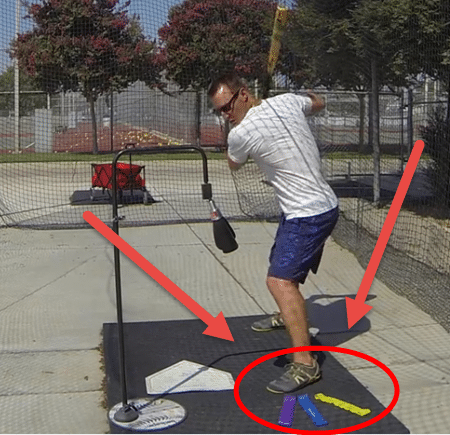
- Stride length should be about 3.75-times hip width (hip-center-to-hip-center)*,
- At landing, stride direction is to be closed about 10-degrees (straight forward toward pitcher is zero-degrees), and
- Stride landing foot position to be about 65-degrees open (pointing perpendicular to home plate is zero-degrees, and straight at pitcher is 90-degrees).
(*Denotes 3.75-times hip-center-to-hip-center is length of stride measured from back foot to stride landing. NOT the measurement of the stride itself.)
Chris says in the video that if a hitter is under or over striding, then they’re hampering body’s ability to create torque. Stride landing MUST align ball of the foot with ball of the foot.
CLICK HERE for a post I did on how to fix “stepping in the bucket” using Reactive Neuromuscular Training (RNT). With the image to the right, it’s another one of my baseball stride drills using colored bands to fix stepping in bucket or crashing the plate. If the hitter is crashing too much with their stride, I get them to feel stepping out, and the reverse is true if they’re stepping out. I use variance to get them in the middle (blue band).
…Goldilocks Golden Rule.
Stride Type (‘Experimenting with the Float’)
For most intensive purposes, there are 3 stride types:
- Leg kick – medium (Mike Trout) or large (Josh Donaldson),
- Slide step – most Big League hitters use this. Aaron Judge, Robinson Cano, Joey Votto, and Andrew McCutchen just to name a few.
- Toe-tap – I recommend this for my younger hitters. Troy Tulowitzki, Giancarlo Stanton, and Victor Martinez employ this.
Of course, there are variations to these, but these are the three broad categories of stride types. I call the stride the ‘float’ and ‘fall’. The ‘float’ is a momentary shifting of weight back towards the catcher before falling forward. Matt Nokes calls this the ‘Ride’ and ‘Stride’. Some hitting coaches don’t like this idea, but the reality is this is human movement. The Chinese have been practicing exactly this move in Tai Chi for thousands of years…in stepping to my right, I have to make a brief weight shift to the left first. CLICK HERE for a post analyzing this dynamic move.
I included a lot of video examples (CLICK HERE) of MLB hitters using these different stride types to help guide your baseball stride drills. In that post I concluded with this:
“When it comes to [baseball stride drills], Forward Momentum is the objective. How we get our hitters there doesn’t really matter. Just give them examples of how to accomplish more FoMo, and allow them to tinker and test until they find something they’re comfortable with doing.”
…Goldilocks Golden Rule.
Head Movement from Stride
There’s been few online Hitting Guru #57’s saying we want minimal to zero head movement when hitting. They claim, the more the head moves, the less your eyes see the ball. And they point to Barry Bonds as their champion. On paper, this conclusion looks great, and with Bonds as their poster child seems argument seems pretty reasonable.
However, what science says and what the top 50 hitters in the Major Leagues are doing reveals something completely different. The opposite actually. Listen, I agree minimal to zero head movement when hitter’s stride foot lands. And if baseball stride drills are done correctly, this should be a natural result. But I don’t agree with minimal to zero head movement GETTING TO stride landing – BEFORE the turn starts.
In this post titled, “Softball Hitting Tips For Kids: Why Late Head Movement Fails & Early Head Movement Succeeds“, we discuss:
- The Myth of ‘keeping the head still’,
- Proprioception & dynamic movement,
- First baseman stretching to receive a throw, and
- Watching TV upside down.
The biggest bomb NUKING minimal to zero head movement argument, is this 2013 article by Dan Farnsworth at FanGraphs.com titled, “Breaking Down the Swing: Best Hitters of 2012“. Farnsworth compiled a list of the top 50 hitters from the 2012 season according to Fangraph’s batting component of WAR (this is a big deal metric).
He looked at side views of each of these hitters from highlights of the 2012 season, in which each player hit a home-run. Farnsworth says the main complaint coaches have with early head movement, is that moving the head forward “speeds up the ball”. This may be true, however during the stride the hitter hasn’t made a definitive decision to swing yet. In the Head Movement piece of the article, Farnsworth concludes:
“Next to no relationship here. I think this one can be considered dead, simply based on the fact that all of them moved forward to some degree.”
Did you catch that?! Farnsworth revealed in his research of top-50 hitters in 2012, that ALL moved their head forward to some degree. You see, head movement is inevitable in ALL dynamic movement. Early is okay, late is not. Don’t sit there and point to hitting outliers like Barry Bonds, and tell me the top-50 hitters of 2012 all had it wrong. It was true then as it is now.
Besides, did you know fresh out of the box, humans come with “video stabilizer” eye software? Ask an ophthalmologist. In addition, your knees, ankles (Achilles tendon), and hip joints act as shock absorbers too. If we start our hitters in an athletic position, and most importantly, they land in one, then the hitter will be fully optimized for minimizing the ball “speeding up”.
If you’re still skeptical, then check out this post titled, “Perfect Swing Hacking With Forward Momentum“. We discuss:
- Balance without thinking,
- Debunking a common objection & a study, AND
- Perfect swing examples.
Not too much, not too little, just right…Goldilocks Golden Rule.
And last but not least…
Controlling Center of Mass in the Stride
Center of Mass (COM) in the human body is located at the belly button. This was established in the womb. The umbilical cord is the center of an unborn child’s universe. I say this to demonstrate the importance of COM in controlling human movement.
Now, we don’t want baseball stride drills to promote too large or too small of a stride. Remember? Goldilocks Golden Rule. Chris Welch from Zenolink said the stride should be about 3.75 times hip-center-to-hip-center, and aligned are back ball of the foot to front ball of the foot at stride landing. How do we teach this though? In this post I received the following question from one of my readers…
“One specific issue I see in a lot of my players is timing and getting over the front knee too far at contact. What are some good tee drills for staying back and any idea how I can get them to feel it when done correctly.”
In the post titled, “Discover Science Of Successful Learning Secret To Fix Lunging (or any swing flaw for that matter!)“, as it relates to controlling the COM of our hitters, we discuss:
- Reader question about lunging,
- “Bean Bag” study from Make It Stick
book,
- WHY we separate PROCESS from PERFORMANCE with hitters learning something new,
- How it takes time to change ineffective movement momentum into effective, and…
- Training 4-5 days per week, for AT LEAST 5-mins each day.
And remember the …Goldilocks Golden Rule.


